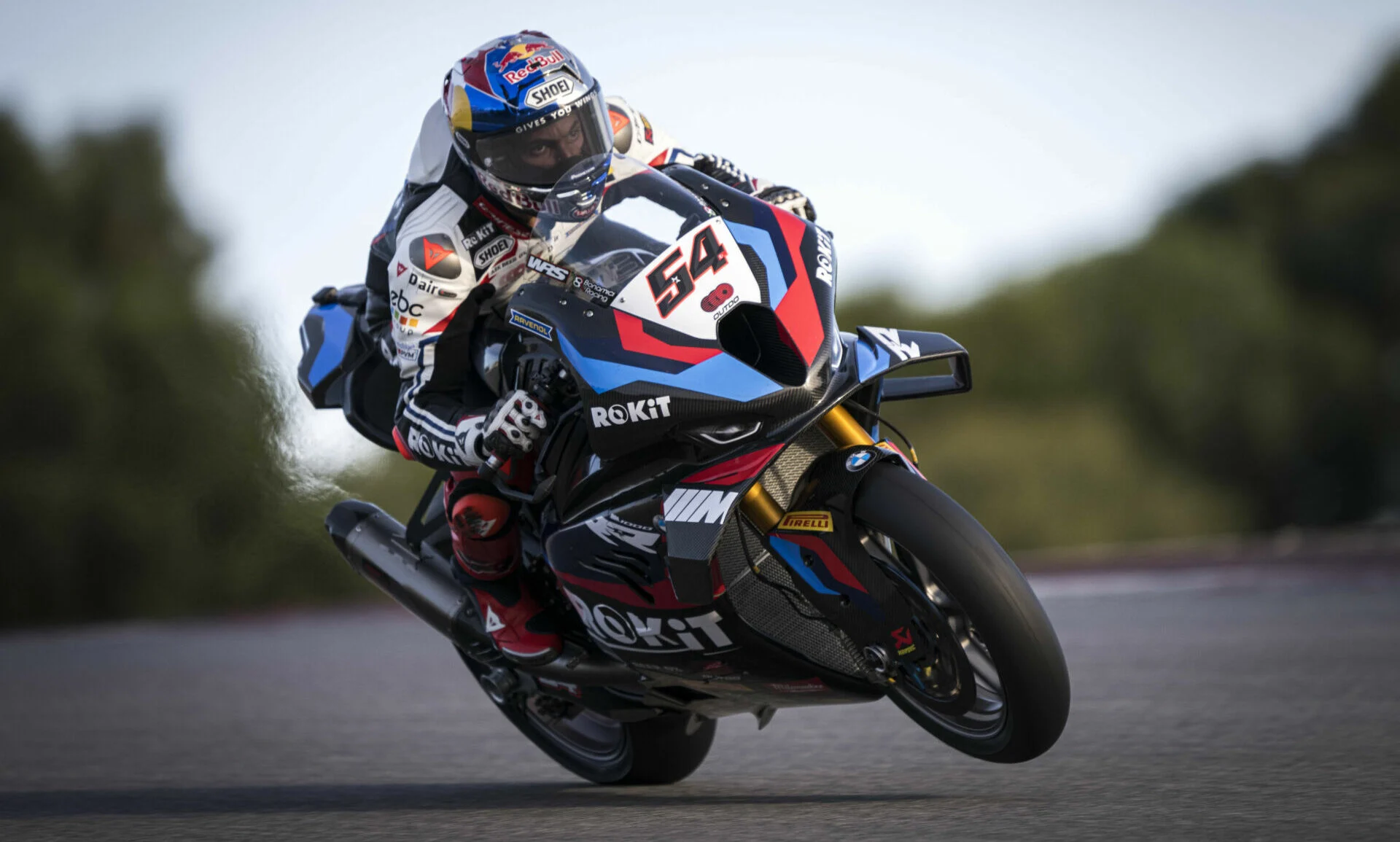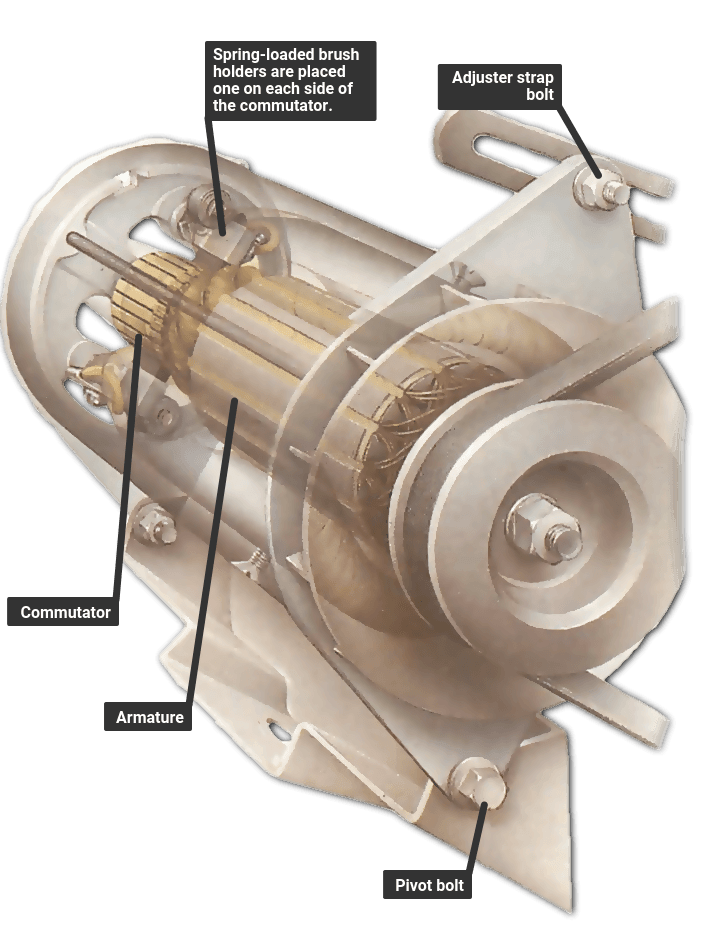World Superbike Championship (WSBK): An In-Depth Overview
The FIM Superbike World Championship, commonly known as the World Superbike Championship (WSBK), is one of the most prestigious and thrilling competitions in the world of motorsport. Established in 1988, it has grown into a premier series that attracts global attention with its exciting races, high-performance motorcycles, and talented riders. With its roots in the motorcycle racing world, WSBK is distinct from the more commonly known MotoGP, with a unique focus on production-based motorcycles. This article offers a deep dive into the history, structure, statistics, riders, teams, and significance of the World Superbike Championship.
History and Origins of WSBK
The Birth of WSBK
The idea of creating a world championship for superbikes was first conceived by Maura Rinaldi, an Italian motorcycle industry executive, in the late 1980s. At the time, the major motorcycle racing series were focused on more specialized, purpose-built machines, most notably the MotoGP and 250cc World Championship. The goal behind WSBK was to create a series where the motorcycles used in competition were closer to those available to the public, emphasizing production-based machines.
In 1988, the first World Superbike Championship was held, featuring production motorcycles modified for racing. This approach allowed manufacturers to showcase their engineering prowess and racing performance, and WSBK quickly gained a reputation for exciting racing and close competition. The series was designed to be more accessible for manufacturers while providing thrilling action for spectators.
Format of the World Superbike Championship
Motorcycles Used in WSBK
Unlike MotoGP, where the machines are custom-built prototypes, WSBK races feature production-based motorcycles that are derived from models available to the general public. These machines are heavily modified for the competition, but they must adhere to certain technical regulations set by the Fédération Internationale de Motocyclisme (FIM).
The superbike class primarily consists of 1000cc four-cylinder or 1200cc twin-cylinder motorcycles, such as the Yamaha YZF-R1, Kawasaki ZX-10R, and Honda CBR1000RR. These motorcycles are built for both speed and durability, with a high emphasis on balance between handling and engine power. Riders compete in two races per event, with each race typically lasting 45 minutes, and points are awarded based on finishing positions.
Race Weekend Format
A typical race weekend consists of several key events, including:
- Free Practice (FP): These are practice sessions held on Friday and Saturday to allow riders to familiarize themselves with the track and adjust their setups.
- Superpole (SP): This is the qualifying session, which determines the starting grid for the main race. Superpole often creates dramatic moments as riders push to set their best lap times in a shorter session.
- Main Races: Each weekend usually features two main races, often scheduled for Saturday and Sunday. These races are the primary events where points are awarded for positions.
- Warm-up: Before the main races, there is a final warm-up session to ensure riders are fully prepared.
Key Teams and Manufacturers
WSBK is highly competitive, and the teams and manufacturers involved are constantly striving for excellence. The championship is a showcase of the best bikes and riders from major motorcycle manufacturers around the world.
Manufacturer Teams
- Kawasaki Racing Team: One of the dominant forces in WSBK, Kawasaki has enjoyed considerable success in recent years. The Kawasaki ZX-10R has been a consistently competitive motorcycle, and the team has won numerous titles, particularly with Jonathan Rea, one of the greatest riders in WSBK history.
- Yamaha Racing Team: Yamaha is another major manufacturer in the series, with the Yamaha YZF-R1 regularly competing at the front. The team has seen success with riders like Jordi Torres and Toprak Razgatlıoğlu in recent years.
- Ducati Team: Known for its passion for racing and iconic design, Ducati has been a staple of WSBK since its inception. The Ducati Panigale V4 is one of the most potent bikes in the competition, and the team’s history includes legendary riders like Carlos Checa and Troy Bayliss.
- Honda Racing Team: Honda has a rich history in motorcycle racing, and the Honda CBR1000RR is frequently seen competing in the championship. While they have not enjoyed the same level of dominance in recent years as Kawasaki or Yamaha, Honda’s technical expertise keeps them competitive.
- BMW Motorrad: BMW’s involvement in WSBK has grown, with the BMW S1000RR becoming a regular presence at the front of the pack. The team has gained significant momentum, competing with both independent and factory-backed efforts.
Notable Riders and Their Achievements
WSBK has produced some of the most skilled and respected riders in the world of motorcycle racing. Many of these riders have left an indelible mark on the sport, with their achievements often spanning multiple years of competition.
Jonathan Rea
The most successful rider in recent history, Jonathan Rea, has rewritten the record books with his dominance. Racing for Kawasaki Racing Team, Rea won six consecutive WSBK World Championships from 2015 to 2020, a feat that solidified his legacy as one of the greatest riders in the sport’s history. Rea’s combination of skill, consistency, and speed has made him an icon in WSBK.
Troy Bayliss
Troy Bayliss is another legendary rider in the WSBK, known for his aggressive riding style and tenacity. The Australian rider won three World Championships (2001, 2006, and 2008), competing primarily with Ducati. Bayliss’ exciting style and remarkable success with Ducati made him a fan favorite.
Carl Fogarty
A true icon in WSBK, Carl Fogarty was one of the sport’s most successful riders during the 1990s. The Briton won four World Championships (1994, 1995, 1998, and 1999) and became famous for his consistency and his intense battles with rival riders. Fogarty’s contributions to the growth and popularity of the series are immeasurable.
Max Biaggi
Italian rider Max Biaggi was one of the most competitive figures in the WSBK scene during the late 1990s and early 2000s. With four World Championships (2007, 2009, 2010, 2012), Biaggi’s rivalries with riders like Troy Bayliss and Noriyuki Haga contributed to the excitement of the series during his era.
Records and Milestones
- Most Championships Won by a Rider: As of 2021, Jonathan Rea holds the record for the most world championships in WSBK with six titles.
- Most Race Wins: Jonathan Rea also holds the record for the most career wins, with 106 wins as of 2021.
- Most Consecutive Championships: Rea’s run of six consecutive championships (2015-2020) remains an unprecedented achievement.
- Most Pole Positions: Troy Bayliss holds the record for the most pole positions in WSBK history with 32 poles.
- Manufacturers’ Championships: Kawasaki has been the most successful manufacturer in recent years, having secured multiple manufacturers’ titles since 2015. Ducati, however, holds the record for the most manufacturers’ championships overall.
The Influence of WSBK in the Global Motorsports Scene
WSBK vs. MotoGP
WSBK shares similarities with MotoGP, but there are crucial differences that set the two apart. While both competitions feature high-performance motorcycles and thrilling races, MotoGP bikes are purpose-built prototypes, meaning they are designed specifically for racing, whereas WSBK machines are production-based motorcycles modified for competition. This difference means that WSBK riders often have to fight harder for competitive advantage, making it a more accessible form of racing for fans who appreciate the engineering challenges of production motorcycles.
Global Fanbase and Television Coverage
World Superbike enjoys a global following, with races held in multiple countries across Europe, Asia, the Middle East, and America. Its fanbase is loyal and passionate, particularly in Europe, where countries like Italy, Spain, and the UK have a strong motorsport tradition. WSBK races are widely televised, with significant viewership in Europe, Asia, and Latin America. The availability of WSBK content on major platforms such as Eurosport and NBC Sports has expanded the reach of the championship, allowing fans to enjoy races live or on-demand.
The Future of WSBK
Technological Advancements
The future of the World Superbike Championship looks promising, with continued advancements in technology, particularly in electric and hybrid technology. The series has already begun introducing electronic systems to enhance bike performance and safety, such as anti-wheelie control, traction control, and quick-shifters. These systems help make the racing more exciting while ensuring a higher level of safety for riders.
The increased focus on sustainability, including the exploration of electric motorcycles in the series, suggests that WSBK will continue to innovate and remain relevant as the sport evolves.





